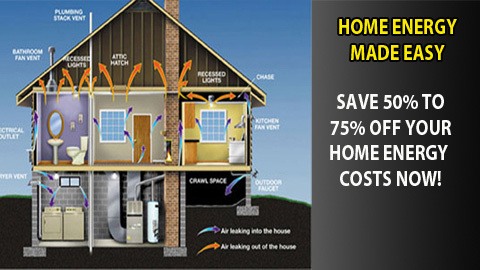Aeroponics is a type of hydroponic growing method where plants are grown in a soil-free environment and are suspended in air, with their roots being misted with a nutrient-rich solution. This is done using a specialized system called an aeroponic system, which is designed to provide plants with the ideal growing conditions.
The basic principle of aeroponics is that the plant roots are suspended in air and are misted with a nutrient solution at regular intervals. This allows the roots to absorb nutrients and oxygen more efficiently, resulting in faster growth and higher yields. Since the plants are not grown in soil, there is no need for regular soil maintenance, such as weeding or fertilizing.
Aeroponics is a highly efficient method of growing plants, as it uses less water than traditional methods of growing and produces higher yields per unit of space. Additionally, it can be used in a variety of settings, including urban farming and indoor growing.
Some of the benefits of aeroponics include:
- High yields: Aeroponics can produce higher yields compared to traditional farming methods, thanks to the efficient use of resources and ideal growing conditions.
- Water efficiency: Aeroponics uses less water than traditional methods of growing, as the nutrient solution is misted directly onto the roots.
- Space efficiency: Since aeroponic systems can be stacked, they are ideal for urban farming and other settings where space is limited.
- Faster growth: Plants grown using aeroponics often grow faster than those grown using traditional methods, as they receive more oxygen and nutrients.
- Reduced pest problems: Aeroponics reduces the risk of pest infestations, as there is no soil to attract insects or other pests.
Overall, aeroponics is a promising method of growing plants that has the potential to revolutionize agriculture and food production in the coming years.
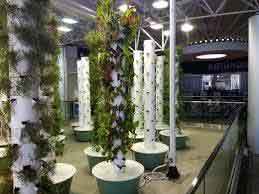
The New Kid on the Hydroponic Block
For many gardeners and horticulturists, the hydroponic growing method has been a game-changer for both personal garden projects and large scale farming operations. However, it's time to rethink your understanding of this technology as aeroponics is emerging as a revolutionary addition to hydroponics.
Aeroponics is an advanced form of growing plants in air without soil that involves misting their roots with nitrogen-rich solutions. This newer form of hydroponic technology offers growers increased efficiency and significantly lower environmental costs than traditional methods. Read on to discover how you can utilize aeroponics in your agricultural endeavors!
What is Aeroponics and how does it differ from other hydroponic methods
Aeroponics is a revolutionary hydroponic method in which plants are grown soil-free and suspended in the air! The roots of these plants are regularly misted with an oxygenated nutrient-rich solution to promote healthy growth. As opposed to other hydroponic methods, this method does not require direct contact with soil or an aquatic environment.
This makes aeroponics an ideal choice for those looking for a cleaner, simpler way to grow plants all year round. Using aeroponics, even the most novice gardener can enjoy the benefits of growing food safely and efficiently in their own home.
Benefits of Aeroponics over traditional soil-based gardening
Growing plants with aeroponics has become increasingly popular as it can provide more consistent growing conditions, require less soil and water, and is easy to maintain. Without the need of a large piece of land, you can grow healthy plants without worrying about unpredictable weather disrupting your plans.
The nutrient-rich solution that is misted onto the roots of the plants ensures optimal growth, while also reducing wastage due to the closed-loop system preventing runoff or leaching away from traditional systems.
Moreover, aeroponics makes use of minimal resources – not only does it take up less space than traditional growing methods, but it requires much less water and uses fewer fertilizers. Overall, aeroponics is an efficient way of gardening that brings considerable benefits in comparison to traditionally grown crops.
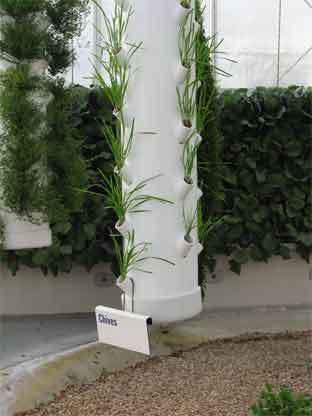
Necessary tools and materials required for an Aeroponic system
Setting up an Aeroponic system is the perfect way to grow vegetables and herbs without the hassle of soil and traditional planting. While the required materials may vary based on plant variety, there are certain tools and materials essential for any Aeroponics setup.
Amongst these items are a properly sized reservoir filled with nutrient-rich solution, a secure mounting system for housing your plants, adequate lighting to ensure photosynthesis, air pumps or circulation fans, air stones, PH testing kits, timers and thermometers. Of course, you'll also need a supply of healthy seeds or starter plants to get started with your Aeroponic system. Assembling all of these components in the correct manner is key for creating the perfect environment to nurture plant growth.
Setting up your own Aeroponic system and choosing the right plants
Setting up your own Aeroponic system can be a fun and rewarding experience, as it allows you to experiment with a unique and efficient style of growing plants. When it comes to choosing the right plants for your system, there are several things to consider.
Factors like light requirements, water needs, space requirements and nutrient needs should all be taken into account in order to ensure the best results. With careful consideration of these elements and a bit of trial and error, you can create beautiful gardens using this modern hydroponic technique.
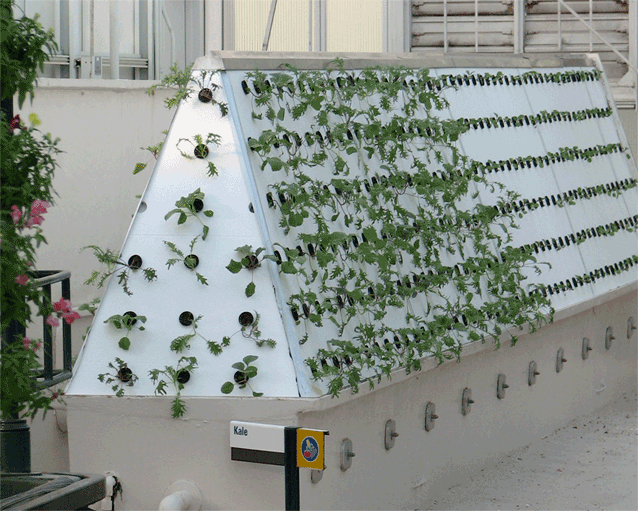
Tips for maintaining an efficient aeroponic system
It is critical to maintain an efficient aeroponic system if you want to have a successful and healthy harvest. First, always make sure that the nutrients used provide all of the elements necessary for optimum plant growth. Secondly, ensure that the nutrient solution is consistently replenished and refreshed with fresh water on a weekly basis; stale or contaminated water will not do the job.
Thirdly, ensure that air is properly circulated in the aeroponics environment; proper airflow will minimize disease and fungal outbreaks. Finally, routinely check for signs of root rot and other problems, as well as inspect for any pest infestations since aeroponic systems are much more vulnerable to such issues. With a bit of careful attention, you can easily maintain an efficient and productive aeroponic system.
Common mistakes to avoid when growing with Aeroponics
Growing with Aeroponics is an incredibly satisfying and rewarding experience, with greater success rates than traditional soil gardening. But there are also many common missteps that rookie growers tend to make, particularly when it comes to managing their nutrient-rich misting solution.
For instance, applying excessive amounts of fertilizer can lead to an overly alkaline environment and potentially burn plant roots. Additionally, impatience can cause aspiring growers to prematurely harvest or cut vegetation too close to the root system.
A healthy Aeroponics garden requires careful attention and research before attempting this advanced growing method; understanding the basics will save you time, money and frustration in the long run.
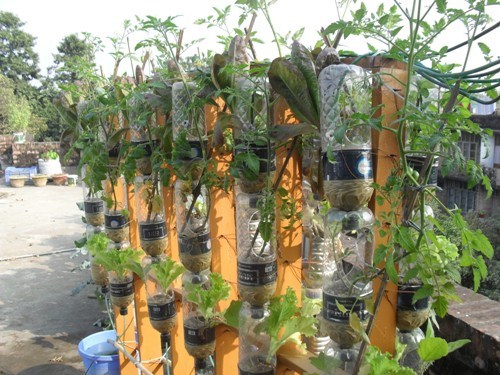
Conclusion
Aeroponics could be a great addition to any gardening enthusiast's repertoire. Its numerous benefits and forgiving nature are highly attractive to both novice and experienced gardeners alike. A slight bit of knowledge and the right materials are all that are necessary to set up an aeroponic system, and small mistakes can usually be corrected before any definite damage is done.
As long as one invests in the right tools and follows some essential maintenance steps, they can expect beautiful results from their aeroponic endeavors. With diligent attention put toward understanding the process, anyone with a green thumb should have success when transitioning to aeroponics!

